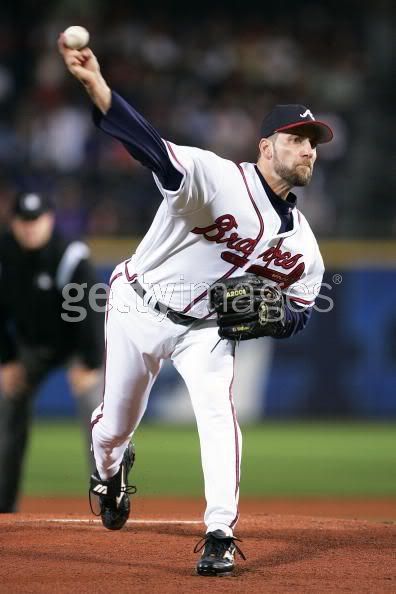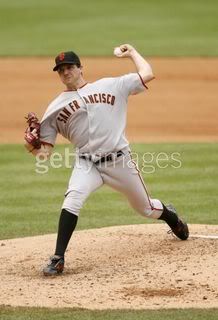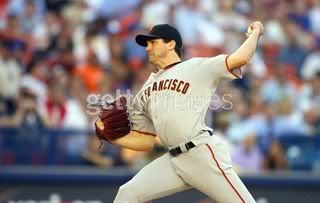quote:Originally posted by PGStaff:quote:I don't think of the [circle] change as being held "offcenter" as much I think it is centered at a different location in the hand. Semantics, I guess. I do believe "throwing the circle" is baseball lingo for a technique that generates early pronation. Maybe coaches should just say "pronate" instead cuz I think many pitchers [and coaches] don't really know what "throw the circle" means, they just say it cuz everybody else does. What does "throw the circle" mean to you?
If I heard "throw the circle". I would think someone is telling someone to throw a circle change.
What else does "throw the circle" mean? I've never heard it used as some kind of instructional thing.
When I first heard this discription, thought that someone actually thinks the circle change is released with the "OK"/"circle" behind the ball.
Anyway, if anyone knows... What does "throw the circle" mean? And is that term really used very often?
My interpretation of "throw the circle" is that the term "circle" is referring to the "O" formed by the thumb and ring finger. "Throw the circle" then suggests treating the "O" as the point of reference that should be directed towards the target, requiring a slight pronation at release.
I picked up the nearest 2 books beside me to see what the authors say. Here are the relevant sections:
"Coaching Pitchers", 3rd Ed., Joe McFarland
"The ball is also held off center. The ball should be held out on the tips of the fingers and thumb to allow max movement. When throwing the circle change, the hand automatically comes over the ball, creating a screwball-type movement. This movement should just happen naturally and not be forced. The pitcher should use the same mechanics and, most important, the same arm speed as for the fastball."
"The Pitching Edge", 2nd Ed., Tom House
"The circle change is the same as a screwball, but the "O" should be thrown directly at the catcher."


 (pitcher throwing FB or CH)
(pitcher throwing FB or CH) (1st baseman fielding bunt and throw to 1b)
(1st baseman fielding bunt and throw to 1b)








